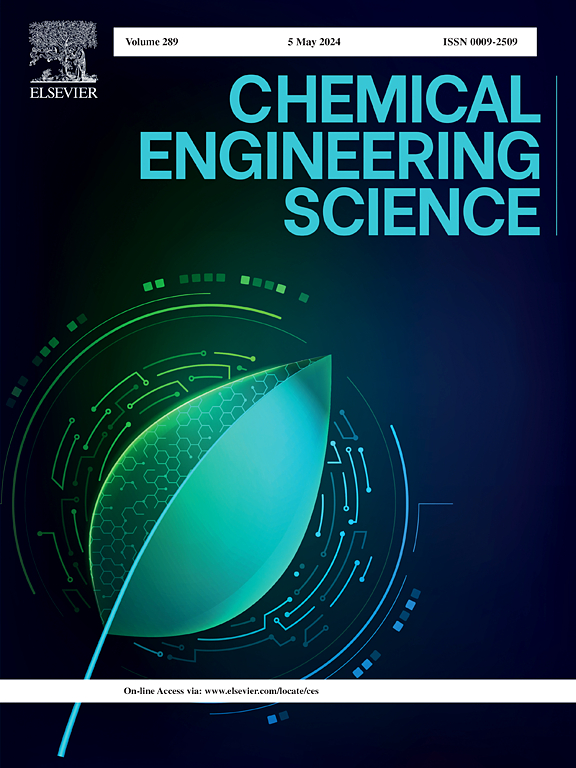Machine learning for rapid quantitative stucco phase analysis in plasterboard
IF 4.1
2区 工程技术
Q2 ENGINEERING, CHEMICAL
引用次数: 0
Abstract
Stucco phase composition critically influences the mechanical properties of plasterboard, a cornerstone in modern construction. Traditional complete phase analysis (CPA) methods, while accurate, are hindered by prolonged processing times exceeding 12 h, impeding real-time quality control. This study introduces a machine learning-assisted CPA (ML-CPA) method, utilizing artificial neural networks (ANNs) to enable rapid, quantitative analysis of industrial stucco compositions. By integrating calcination weight loss profiles and hydration temperature curves—collected within 40 min—the method circumvents the need for extended conditioning periods. A dataset of 490 synthetic stucco samples, covering typical industrial phase ranges, was used to train the ANN model. The model achieved a root-mean-square error (RMSE) of 2.2 % in phase prediction and 87.7 % accuracy in free moisture detection. In particular, this approach reduces analysis time by 96 %, offering a scalable solution for online industrial quality control. By bridging the gap between laboratory accuracy and production-line efficiency, ML-CPA represents a transformative advancement in gypsum product manufacturing, with potential annual cost reduction and rapid quality control capability.
用于石膏板快速定量灰泥相分析的机器学习
灰泥相组成对石膏板的力学性能有着重要的影响,石膏板是现代建筑的基石。传统的全相分析(CPA)方法虽然准确,但处理时间长,超过12 h,阻碍了实时质量控制。本研究介绍了一种机器学习辅助CPA (ML-CPA)方法,利用人工神经网络(ann)实现工业灰泥成分的快速定量分析。通过整合在40 分钟内收集的煅烧失重曲线和水合温度曲线,该方法避免了延长调理期的需要。使用490个合成灰泥样本的数据集,涵盖典型的工业相位范围,来训练人工神经网络模型。该模型的相位预测均方根误差(RMSE)为2.2 %,游离水分检测精度为87.7 %。特别是,这种方法减少了96% %的分析时间,为在线工业质量控制提供了可扩展的解决方案。通过弥合实验室准确性和生产线效率之间的差距,ML-CPA代表了石膏产品制造的变革性进步,具有潜在的年度成本降低和快速质量控制能力。
本文章由计算机程序翻译,如有差异,请以英文原文为准。
求助全文
约1分钟内获得全文
求助全文
来源期刊

Chemical Engineering Science
工程技术-工程:化工
CiteScore
7.50
自引率
8.50%
发文量
1025
审稿时长
50 days
期刊介绍:
Chemical engineering enables the transformation of natural resources and energy into useful products for society. It draws on and applies natural sciences, mathematics and economics, and has developed fundamental engineering science that underpins the discipline.
Chemical Engineering Science (CES) has been publishing papers on the fundamentals of chemical engineering since 1951. CES is the platform where the most significant advances in the discipline have ever since been published. Chemical Engineering Science has accompanied and sustained chemical engineering through its development into the vibrant and broad scientific discipline it is today.
 求助内容:
求助内容: 应助结果提醒方式:
应助结果提醒方式:


